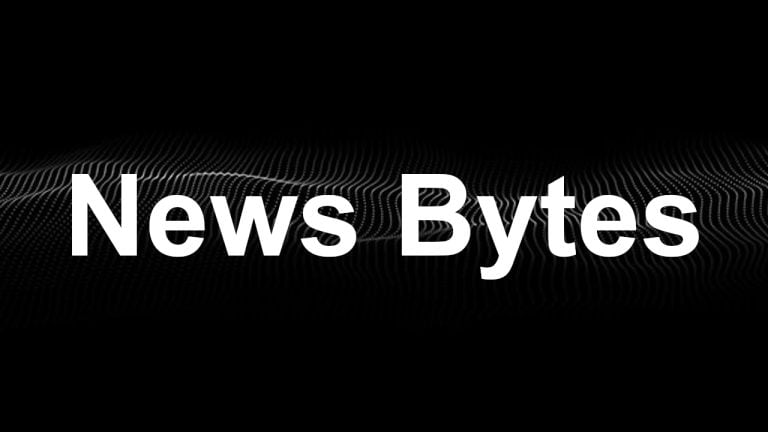
The proposal secured a narrow passage, garnering 41.1% approval votes compared to 38.5% disapproval, marking the highest turnout vote in the Cosmos ecosystem.
The governing body of Cosmos Hub has endorsed a proposal to decrease the maximum inflation rate of its native token, ATOM (ATOM), from approximately 14% to 10%.
As per the proposal, the authorized modification would reduce Atom’s annualized staking yield from around 19% to approximately 13.4%. The Cosmos Hub is the primary blockchain within the Cosmos network, a system of interlinked blockchains. The native token of the Hub is Atom, employed for staking, governance, and transaction fees.
The proposal secured a narrow passage, garnering 41.1% approval votes compared to 38.5% disapproval, marking the highest turnout vote in the Cosmos ecosystem. Initially expected to fail shortly before the deadline, a last-minute influx of votes and some reversals from validators narrowly tilted the outcome in favor.
The proposal contended that Atom’s elevated inflation rate, compared to similar tokens, resulted in the Cosmos Hub overspending for security. It also argued that validators could still achieve breakeven or profitability even with inflation reduced to 10%.
Zero Knowledge Validator, the entity with the most substantial vote in favor of the proposal, justified its backing on X. A post asserted, “Double-digit inflation is unnecessary for security, undermines Atom price in the long run, and discourages the use of ATOM in DeFi and other areas within the Atom Economic Zone.”
Related: Azuki DAO rebrands to ‘Bean’ as it drops lawsuit against founder
The most significant opposition vote was cast by AllNodes, a validator, as outlined in a post on X. AllNodes argued that the change could negatively impact small validators, labeling the proposal as “...an abrupt, short-sighted, and ill-researched idea that might wreak havoc on retail and businesses engaged in building, trading, and validating Atom.”
Cosmos Hub recently upgraded to launch a liquid staking module, enabling users to bypass the previous 21-day unbonding period by unstaking ATOM funds. Before the upgrade, ATOM holders had a locking period of 21 days to move their funds after unstaking the token. With the new module, staked ATOM can be used in the Cosmos decentralized finance (DeFi) ecosystem without compromising yields from staking.
Magazine: Are DAOs overhyped and unworkable? Lessons from the front lines













